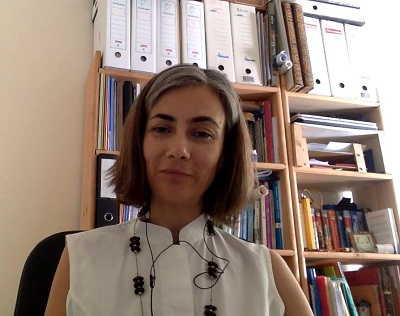The first great contribution that marijuana has made to medical science is that it helped us discover and understand the endocannabinoid system. The discovery of this system will likely lead to an entirely new branch of medicine, with doctors who specialize in using our body’s own endocannabinoids to treat pain and diseases.
Marijuana’s next great contribution to science could be a better understanding of aromas—in the form of terpenes—as medicine. Cannabis concentrates are shedding light on how aromatherapy can be a very powerful therapeutic tool. For example, there is evidence that the terpene called myrcene increases the amount of THC that can cross the blood-brain barrier. If myrcene can do that with THC, it may also be able to increase the efficacy of other drugs.
Concentrate makers have been stripping the THC, CBD and other cannabinoids from trichomes to achieve “pure” products, and the isolation of these chemicals has taught us a great deal. On their own, THC and CBD are not all that interesting; however, when terpenes enter the mix, things become very interesting indeed. Some terpenes can interact with our endocannabinoid system by bonding to the exact same receptors as THC and CBD. It’s the combinations of terpenes and cannabinoids in different ratios that create the wide variety of “highs” that we can coax out of cannabis. You might say that THC is like a blank canvas that we paint upon with terpenes.
Terpenes have become the subject of serious study and discussion among terp nerds (people who are in it for the terps, man), especially concentrate makers and smokers. So let’s take a look at some of the more common terpenes and the role they play in high-quality flowers and dabs:
Limonene smells like citrus fruit and contributes to the sativa spectrum of effects. Dabs high in limonene tend to promote stress relief, mood elevation and feelings of high energy.
Myrcene smells like good soil or maybe cloves. Myrcene is one of the cornerstone terps in the Kush family. This terpene increases the amount of THC/CBD that moves across the blood-brain barrier, making for more of a “couchlock” stone.
Pinene (alpha and beta) smells like pine or rosemary. Dabs high in pinene should be classified as “study dabs,” because the odor of pinene appears to help with memory retention and recall. (Study high, get high grades.)
Linalool has a floral smell, slightly like lavender. This is a “comfort” aroma that promotes relaxation and feelings of well-being. Linalool is present in cotton and linen, and that may be why the smell of jeans and warm towels can be so soothing.
Caryophyllene smells like pepper and has the ability to bind directly to the CB2 receptors in your nervous system, just like CBD and THC. Combining this terpene with cannabinoids can reduce the feeling of paranoia often associated with being very stoned.
This article comes from the March 2015 edition of HIGH TIMES. Read more from this issue and get access to every issue ever HERE.









